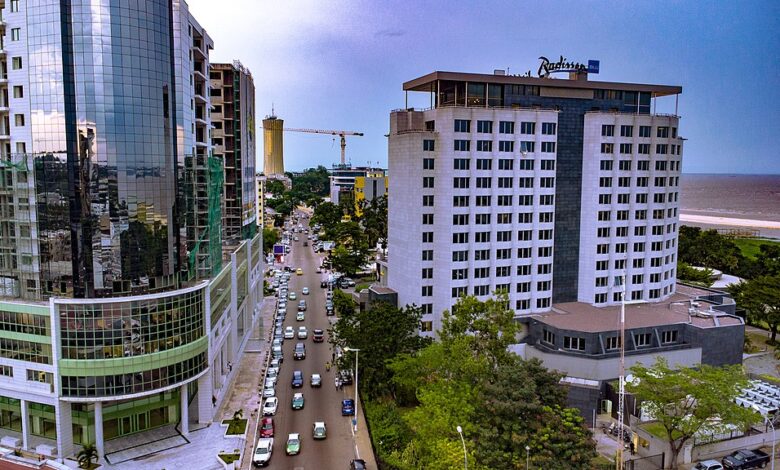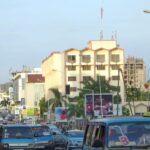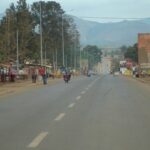Brazzaville

Brazzaville, situated on the north bank of the Congo River below Malebo (Stanley) Pool, is the capital city, commune, and river port of the Republic of Congo. It also served as the former capital of French Equatorial Africa. Established in 1883, Brazzaville began as the village of Ntamo, which was “purchased” by the French and transformed into a European administrative and residential hub.
Until the early 1960s, the city’s centre remained predominantly European, while African sections started developing in the northeast (Poto-Poto) and southwest (Bacongo and Makélékélé). Today, the administrative and commercial activities still revolve around the central city.
The river port of Brazzaville marks the endpoint of the Congo-Ocean transport system. It provides steamer services to the upper Congo River and connects to Pointe-Noire on the Atlantic coast via a railroad spanning 245 miles (394 km) to the west. Post-World War II, port facilities underwent significant expansion. Nearly half of the shipping activity is dedicated to transit trade for other Central African countries. Despite its extensive industrial and processing areas, Brazzaville’s primary function remains administrative.
The city boasts a Roman Catholic cathedral and hosts educational institutions such as a teachers’ training centre established in 1961, which later evolved into a national university in 1972. Students from Gabon, Chad, and the Central African Republic are drawn to Brazzaville for education. Additionally, vocational and technical institutes, the Poto-Poto School of African Art, and the regional headquarters of the World Health Organization contribute to the city’s educational and institutional landscape.
Map view
More about this city from Wikipedia
| ID |
|---|
| 17339 |
| Name |
| Brazzaville |
| State ID |
| 2870 |
| State Code |
| BZV |
| State Name |
| Brazzaville |
| Country ID |
| 50 |
| Country Code |
| CG |
| Country Name |
| Congo |
| Latitude |
| -4.26613000 |
| Longitude |
| 15.28318000 |
| WikiData ID |
| Q3844 |

